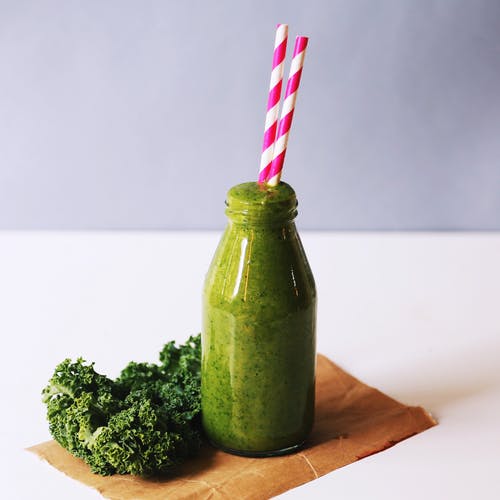Having been in the field of nutrition for over 10 years now, there are many ways of eating I have experimented with. To me, it is important that I practice what I preach, so I often try different way of eating on myself before I go around giving recommendations. This last experiment was with alkaline foods.

Alkaline foods
These are foods that promote al alkaline state in the body (as opposed to an acid state). While foods range on an the acid-alkaline scale, most of the ones we are focusing on here include vegetables, fruits, grains like quinoa and wild rice, and fats like olives and avocados. For a week now, I’ve been focusing my meals on these foods, and it has been interesting. Good interesting.
The alkaline diet is an eating plan often used to enhance health. With an emphasis on fresh vegetables and fruits, it’s based on the idea that after all foods are digested and absorbed, they reach the kidneys as either acid-forming or base-forming compounds which later go through the bloodstream to reach all other organs and cells.

What to expect
The alkaline diet is said to preserve muscle mass, slow the aging process and protect against a variety of health problems, ranging from headaches and the common cold to diabetes, cardiovascular disease, kidney stones, and osteoporosis. Proponents also claim that the alkaline diet can boost energy levels and help with weight loss.

Things to look out for
People on medications that affect the body’s levels of calcium, potassium, or other minerlas should check with their doctor before trying the alkaline diet. Following the alkaline food lists too strictly without considering other factors (like protein or overall caloric intake) can lead to health problems like protein or nutrient deficiency or excessive weight loss.

